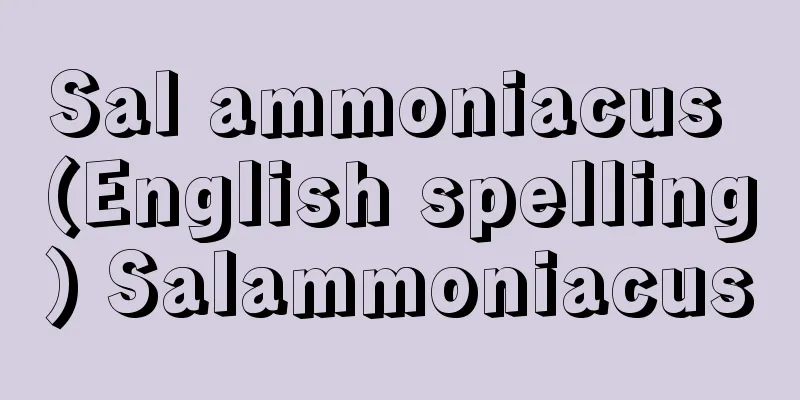a priori language (English)

|
…Furthermore, Johann Martin Schleyer (1831-1912) proposed a philosophical language in Volapük (1878), which included innovative ideas such as using the alphabet as the “true characters” (Figure 1). Since all of the above examples were new proposals that did not start from existing languages, they are generally called “a priori languages” and are distinguished from “a posteriori languages” such as Esperanto, which are improvements on natural languages. The proportion of a posteriori languages among artificial language proposals increased after the 19th century, and many “improvements of Latin” that prioritized ease of learning over unusual ideas (Figure 2) began to appear. … *Some terminology explanations that mention "a priori language" are listed below. Source | Heibonsha World Encyclopedia 2nd Edition | Information |
|
…さらに哲学的言語の提案としてはシュライヤーJohann Martin Schleyer(1831‐1912)による〈ボラピュクVolapük〉(1878)があり,〈真の文字〉にアルファベットを流用するなど斬新なアイデアが盛られた(図1)。 以上述べた例はいずれも既成言語から出発しない新しい提案だったため,一般に〈先験語a priori language〉と呼ばれ,自然言語を改良したエスペラントなどの〈後験語a posteriori language〉とは区別される。人工言語案のうち後験語の比重が重くなるのは19世紀以後で,とっぴな着想(図2)よりも修得の容易さを優先させた〈ラテン語改良案〉の類が多数現れだした。… ※「a priori language」について言及している用語解説の一部を掲載しています。 出典|株式会社平凡社世界大百科事典 第2版について | 情報 |
Recommend
Wood moth - Cossus vicarius
An insect of the Cossidae family of the Lepidopter...
Brocade hunting costume - Urankariginu
…Ko-naogi is also called kariginu naogi, and is a...
Takaaki Uematsu
Year of death: September 14, 1912 Year of birth: M...
Phase diagram - Jyotaizu (English spelling) phase diagram
A diagram showing the equilibrium between several...
Icchu-bushi Uji school - Icchu-bushi Uji school
...The name of the head of the Icchu-bushi Uji sc...
SLPP - SLPP
... After World War I, the labor and nationalist ...
Micropsitta pusio (English spelling) Micropsitta pusio
… [Takashi Saito]. . . *Some of the terminology t...
Azide - Ajikabutsu (English spelling) azide
The organic compound RN 3 has an azide group N 3....
Ophiolite (English spelling)
It has long been known that geosynclinal deposits ...
NIRA - Chinese chives
Abbreviation for National Industrial Recovery Act....
Tajima Mihonoura
This coast stretches for about 12 kilometers from...
Tenmei - Tenmyo
Located in Aso County, Shimotsuke Province, in wha...
Tou (rattan) - Tou (English spelling) cane palms
A general term for approximately 200 species of cl...
Qaramanli (English spelling)
...In the 16th century, Algeria, Tunisia, and Lib...
Leishmania
Like Trypanosoma, it is a parasitic protozoan of v...









